In August 2017, I took a trip to Indianapolis for the Gen Con Game Fair. On this particular year, Gen Con coincided with the big solar eclipse that I might be able to view if I drove just a few hours south to the St. Louis area. I hadn’t decided whether I would do this; four days of socializing, gaming, and dining out among massive crowds can be exhausting. If the weather was bad and visibility poor, I’d have driven hours for nothing. I put off the decision until the day of the eclipse, and that day I woke up energized, the sky looked clear, and if my luck held, I thought maybe I could get a photograph. Due to a time zone miscalculation and some delays, however, I had underestimated the time I needed to get to the town where it was said that eclipse viewing would be at its best. As I drove, I worried about where I’d park and set up my camera and what the crowds would be like in that town.
Truly, the place where an eclipse is happening is the whole sky. The eclipse doesn’t care whether you’re within the city limits of the place listed online as the best viewing spot. You can be anywhere in the vicinity. I realized this as I pulled into a gas station to refuel just outside the town I’d been heading to. There were a number of people gathered at the gas station with eclipse-viewing glasses. I had a few extra disposable sets, which had come with the disposable protective filter for my camera lens, so I gave those out to anyone who wanted them. As soon as I set up my camera on my tripod and protected my lens (and eyes) I looked through the lens and saw that the event had begun.
As the moon moved into position over the sun, the whole world went dark, and the August air cooled. The small crowd at the gas station looked on in awe. I tried to balance enjoying the moment with capturing it, and I was fortunate to get the shot above.
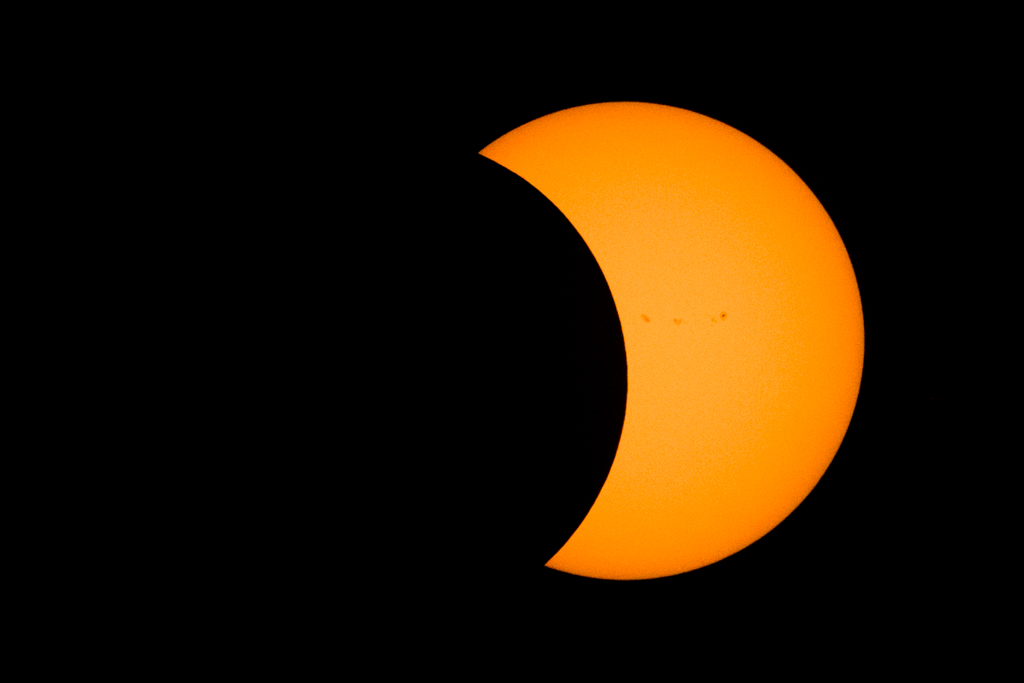
I captured the eclipse using a 200 mm lens with a 2x extender for a focal length of 400 mm. I locked the camera mirror for less vibration and put the camera on a ten-second timer so that the camera would ideally be completely still when it took the image. Had I arrived earlier and had time to connect them, I would have set up my phone to trigger the camera. The exposure settings were: ISO 200, f/5.6, 1/50 sec.
In retrospect, my shutter speed should have been much faster, and if I do this again in 2024, it will be. I got some fuzzy images, but thanks to stabilizing my camera, I was lucky to get some good ones as well.
Driving back to Chicago after the eclipse took double the time. What should have been a five-hour drive took around nine hours. Everyone had the same idea. It was an endless traffic jam on the interstate.
When I had arrived home at long last, I reviewed the photos and noticed some cool things I hadn’t seen at first:a diamond ring effect (or Baily’s beads effect) where these bright nodes of light peek out from the edge of the eclipse; also, this jet of flame furling up on the right side of the eclipse (someone once explained this phenomenon, but I can’t remember what it’s called).
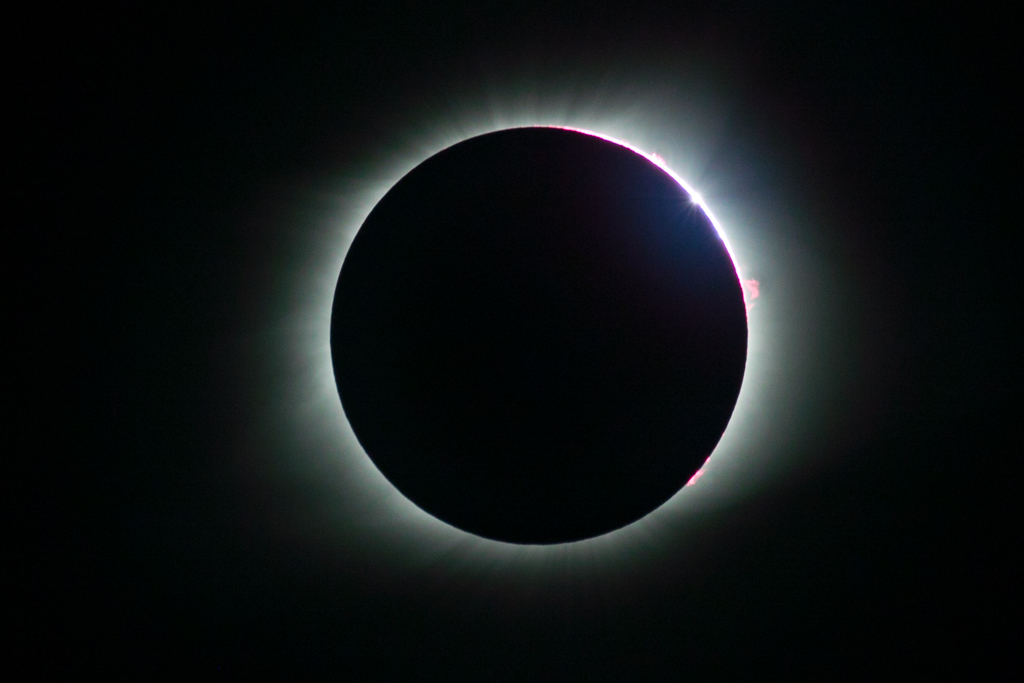
Eclipses and Meaning
People find all kinds of different meanings around eclipses. These are some of the things I think of:
When I reflect on my 2017 eclipse story, I think of rising up and seizing the day, taking a risk, pushing past fear and doubt to discover new experiences. I also think about how it portended one of the hardest years of my life, 2018.
To the people of ancient world, the skies communicated many meanings. In 2019, I sat down with Hittitologist Emily Smith, who spoke with me about the meanings ancient people found in eclipses and signs in the sky.
In 2014, struggling with self-imposed, yet impossible, artistic goals, I failed to write a short story in one month (let alone the four complete, edited stories I had assigned myself for that month), yet was able to paint 206 miniature spaceships from the board game Eclipse in two months. I learned significantly more about art doing something that didn’t define me than by doing something that did.
This week in 2021, I’ve received my second dose of the Pfizer vaccine. In the interest of varying the content of the All Worlds Traveller, this eclipse photo seemed like a good choice. It brings to mind that time when a vast number of people together experienced the sun disappearing in the middle of the day and then watched it reemerge. In the past couple weeks, plans for small gatherings have begun, photography inquiries have crept in. Extra gum has broadcast a hopeful fantasy of the future (google it and turn up the volume). We have all been living through a kind of eclipse for the past year, and many still are. In spite of all the bad that came with the pandemic, many may look back wistfully on this time of enforced solitude, reflection, and perspective that forced us to stop and consider what we value. Hopefully we will remember whatever we learned from this universal eclipse in our lives.


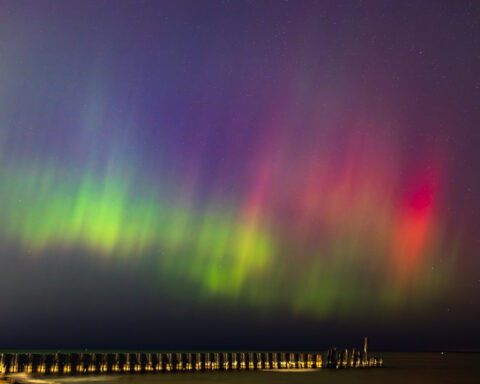
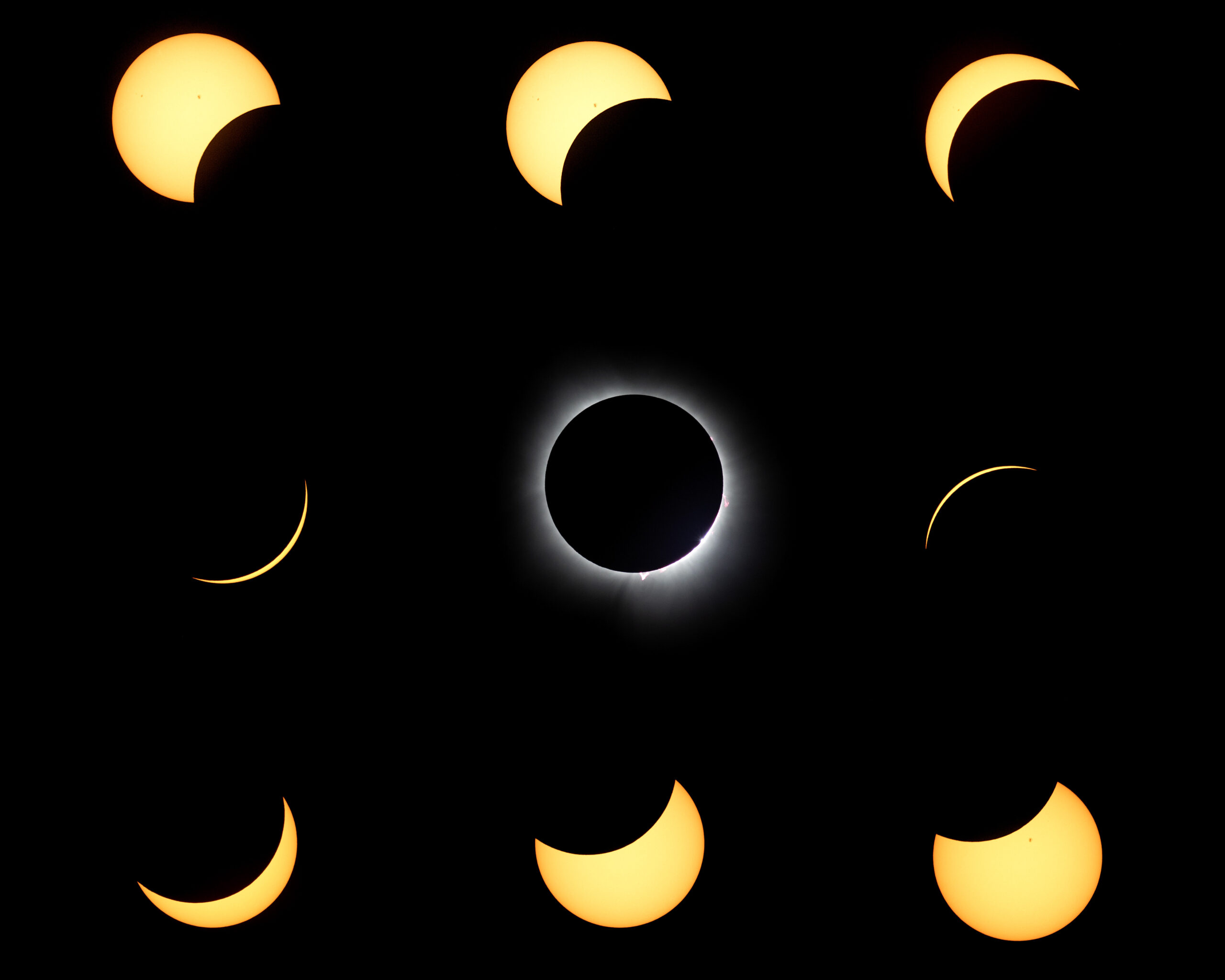
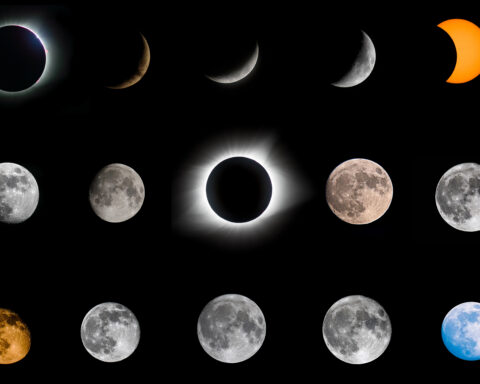

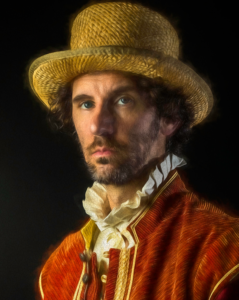

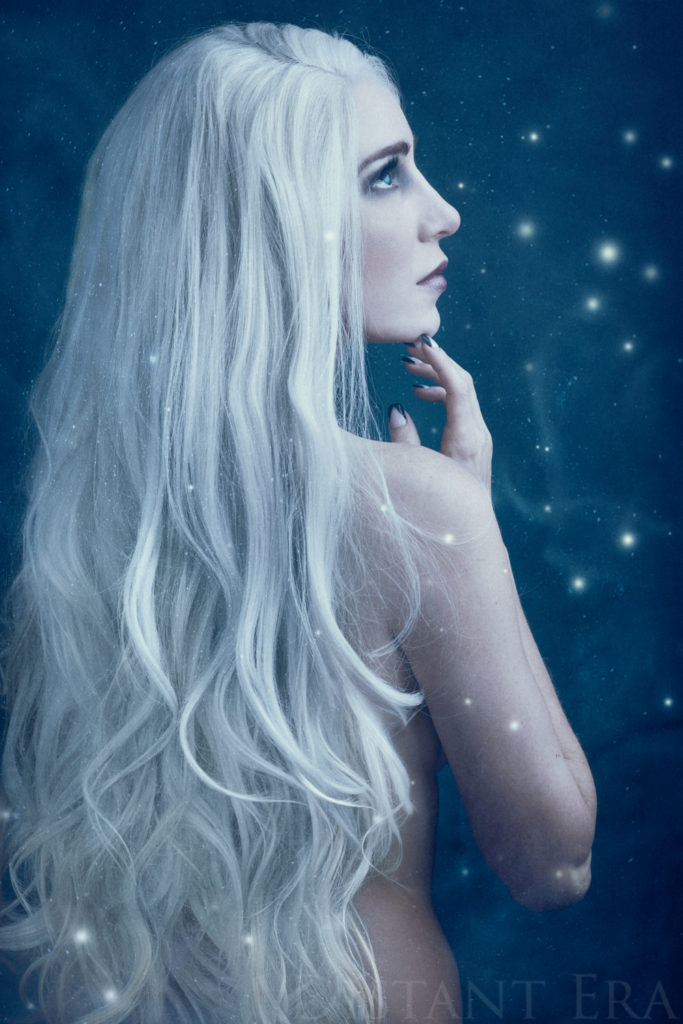
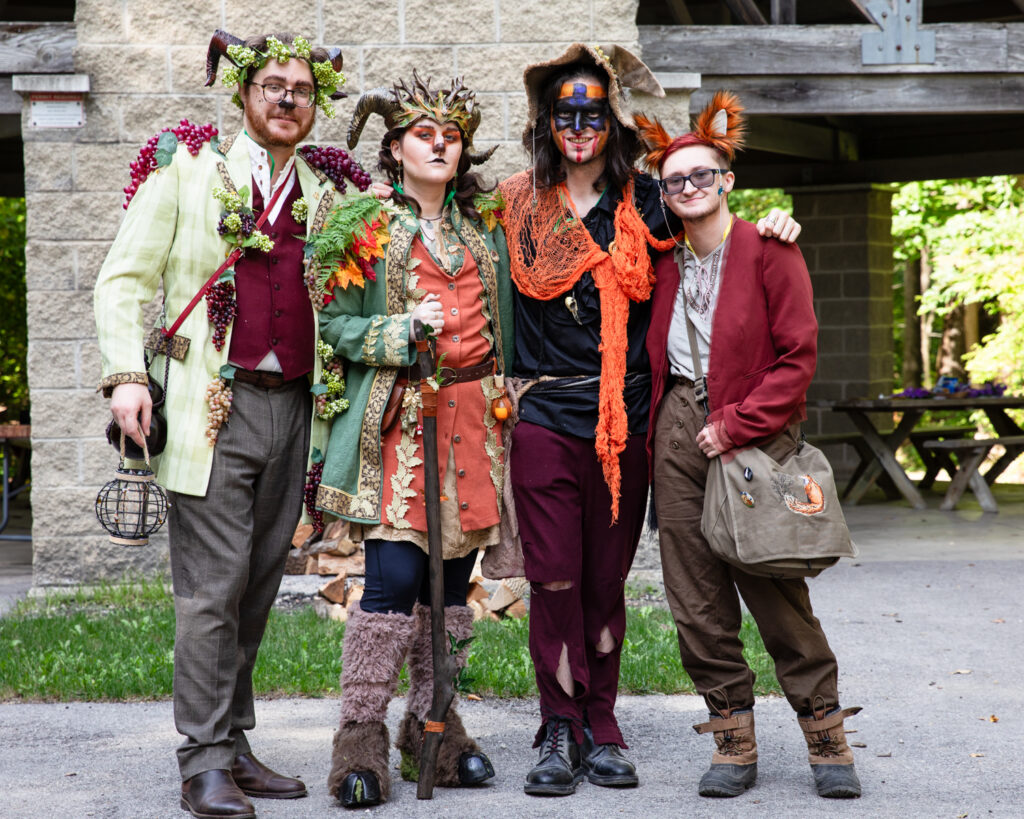
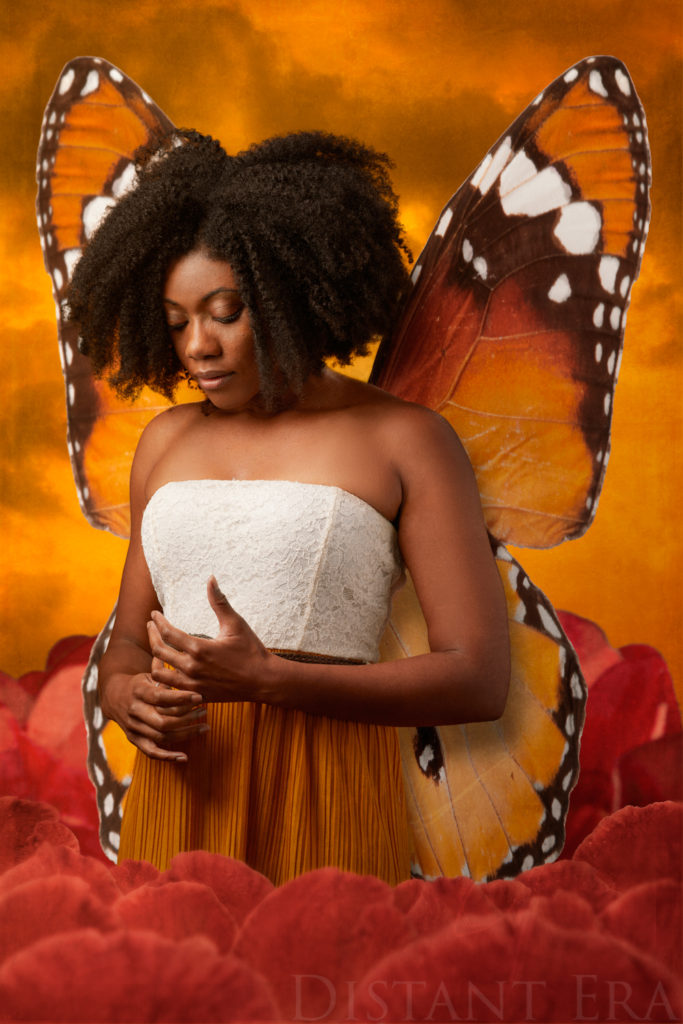


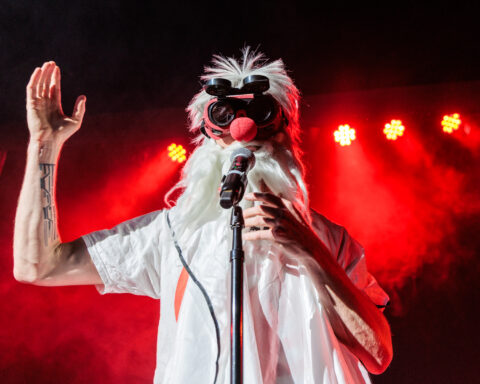

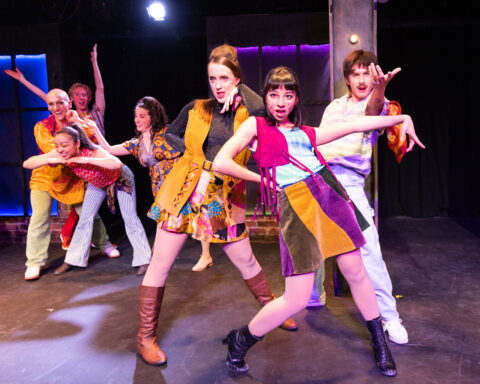


Follow Me